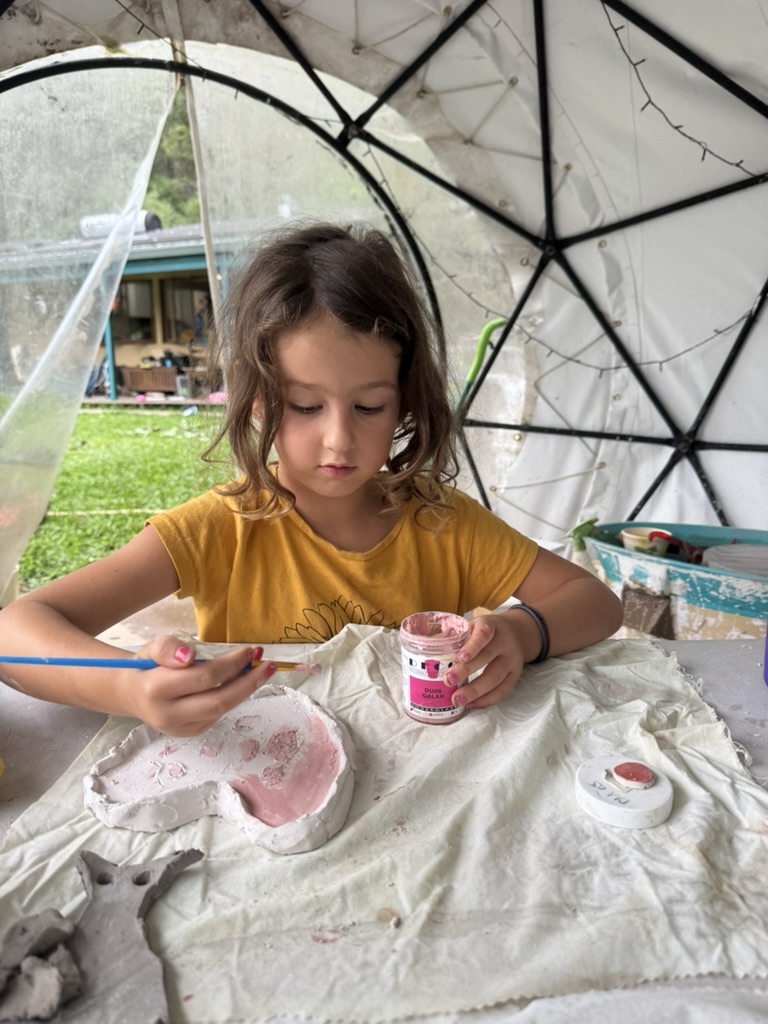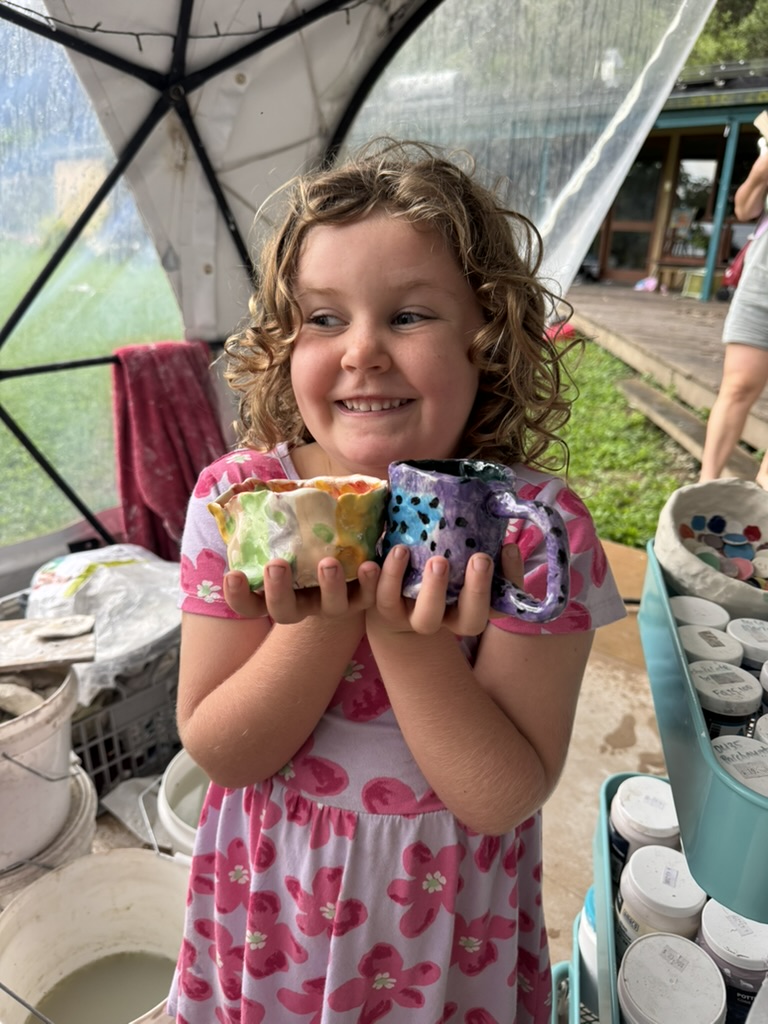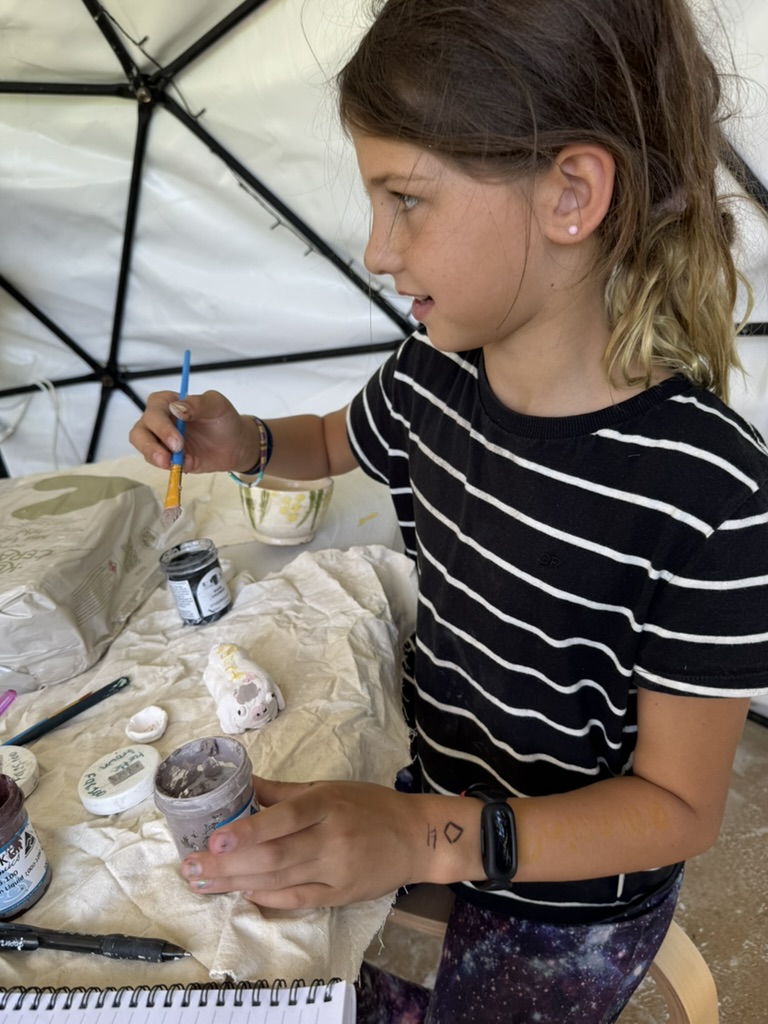Your cart is currently empty!

The Magic of Clay Work: Boosting Kids’ Confidence and Creativity

As both a parent and a teacher, I’ve witnessed firsthand the incredible growth that clay work fosters in children. It’s a joy to see them blossom, not just in their artistic skills, but in their confidence, patience, and emotional expression. Watching a child’s face light up when they complete a piece of art they’re truly proud of is one of the most rewarding parts of teaching. It’s a privilege to be part of their journey, helping them develop skills that will serve them both in and out of the classroom. If you’re looking for a fun, enriching activity that nurtures creativity and supports your child’s growth, I can’t recommend clay work enough—it’s truly magic in its most tangible form.
Clay has long been a favorite medium for artists, but its benefits go far beyond just being a creative outlet. For kids, working with clay offers a unique opportunity to explore their emotions, enhance their cognitive skills, and build self-confidence—all while having a blast! Whether they’re rolling, shaping, or molding, children can experience a sense of pride and achievement as they create something with their own hands. But beyond the fun and creativity, clay work provides a range of emotional and cognitive benefits that support your child’s development in meaningful ways. In this post, we’ll dive into how clay work nurtures emotional well-being and cognitive growth in kids, and why it’s such a valuable activity for children of all ages.

Emotional Benefits:
- Boosts Confidence: Kids experience a sense of accomplishment when they create something tangible, fostering pride and self-esteem.
- Encourages Self-Expression: Clay work provides a non-verbal outlet for children to express their feelings, thoughts, and creativity.
- Reduces Stress and Anxiety: The tactile, hands-on nature of clay is soothing and can help children relax and focus.
- Promotes Patience: Working with clay teaches children to take their time, be patient, and appreciate the process rather than just the outcome.
- Fosters Emotional Regulation: Engaging in a calm, creative activity helps kids manage and express their emotions in a healthy way.
Cognitive Benefits:
- Enhances Fine Motor Skills: Manipulating clay strengthens hand-eye coordination and the development of small muscle groups.
- Stimulates Problem-Solving: Clay work encourages kids to think critically about how to bring their ideas to life, enhancing their problem-solving abilities.
- Promotes Focus and Concentration: The process of shaping and molding clay requires sustained attention, improving focus over time.
- Encourages Creativity and Imagination: Kids can explore endless possibilities in creating shapes, textures, and designs, boosting creativity and imaginative thinking.
- Develops Spatial Awareness: Understanding form, structure, and symmetry through clay work helps children improve their spatial and conceptual awareness.

Incorporating clay work into a child’s routine offers much more than just an artistic outlet—it’s a powerful tool for emotional growth, cognitive development, and self-expression. Whether it’s fostering confidence, honing problem-solving skills, or simply providing a calming escape, the benefits are endless. Through the tactile experience of working with clay, children gain invaluable life skills while having fun in a supportive and creative environment. If you’re looking to give your child an experience that combines learning and play, clay work is a wonderful choice—and I’d love to share it with them in class.
by
Tags:
Leave a Reply